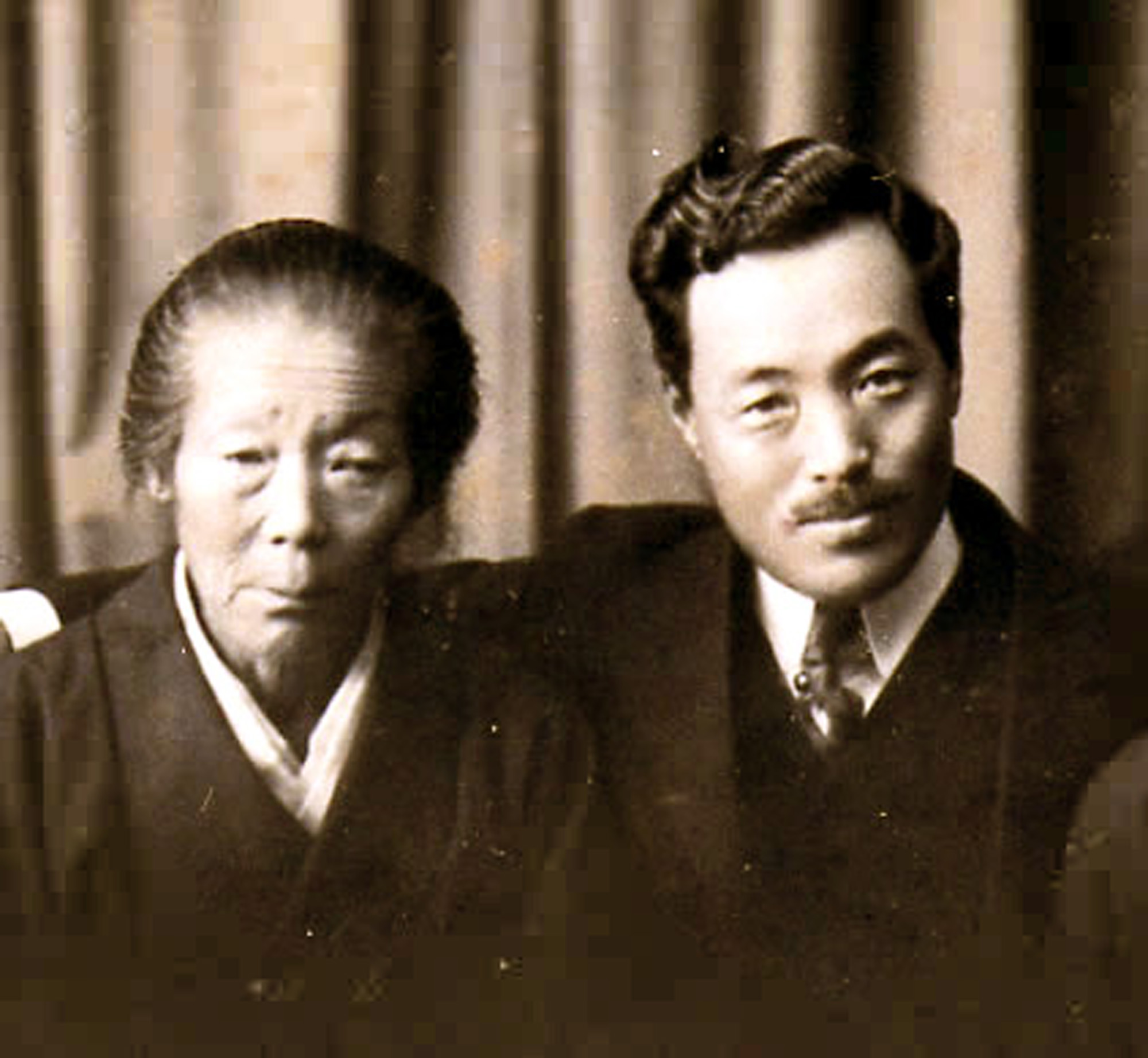Hideyo Noguchi (1876-1928) may be Japan's most famous scientist. His face adorns the ¥1,000 bill. His life story is legendary, folkloric. Born into wretched rural poverty, he tumbled as an infant into a hearth fire, crippling his left hand for life. No one seeing him then foresaw much of a future for him. A farmer needs two good hands. And what could a born peasant be, other than a farmer?
"There is no such thing as genius!" Noguchi proclaimed years later as a path-breaking microbiologist engaged in isolating the bacterium causing syphilis. If not genius, what? "All you need," he said (as quoted by Atsushi Kita in "Dr. Noguchi's Journey: A Life of Medical Search and Discovery"), "is enough test tubes, sufficient money, dedication and hard work."
Noguchi personifies his era. As Japan reinvented itself during the Meiji and Taisho eras (1868-1912; 1912-26), so Noguchi reinvented himself. He was born in a farmhouse in Inawashiro, Fukushima Prefecture. He died in equatorial Africa of yellow fever, the disease he had gone there to combat. Posthumously, his research and his medical ethics have come under harsh criticism. With this we are not concerned. Our story is his upward trajectory, which parallels and mirrors Japan's.

















With your current subscription plan you can comment on stories. However, before writing your first comment, please create a display name in the Profile section of your subscriber account page.